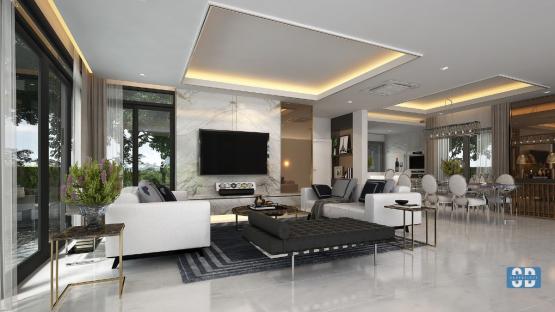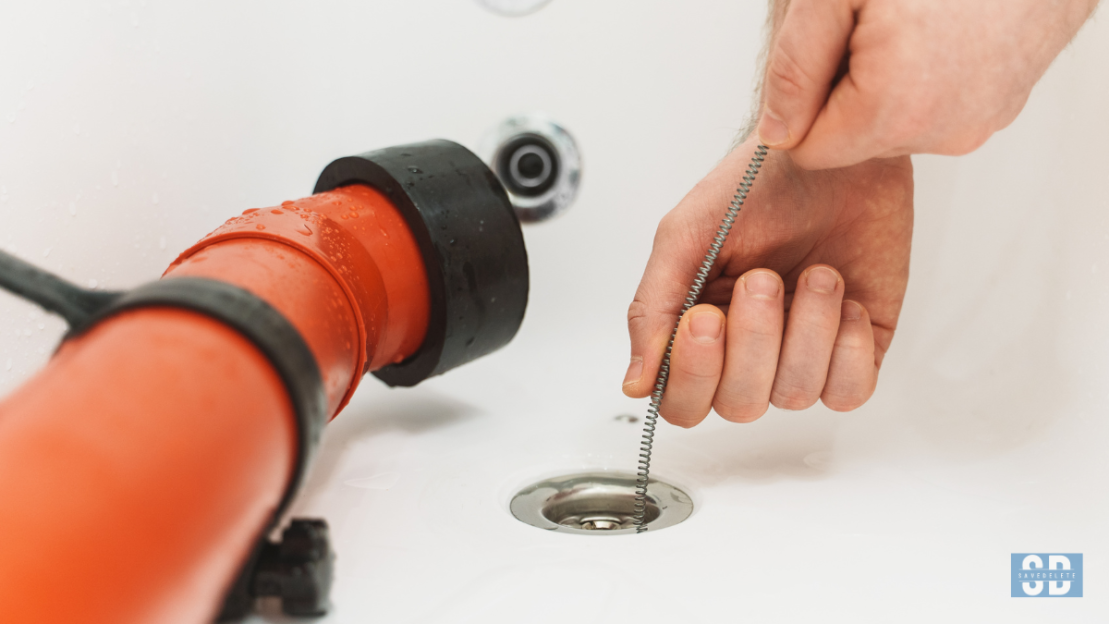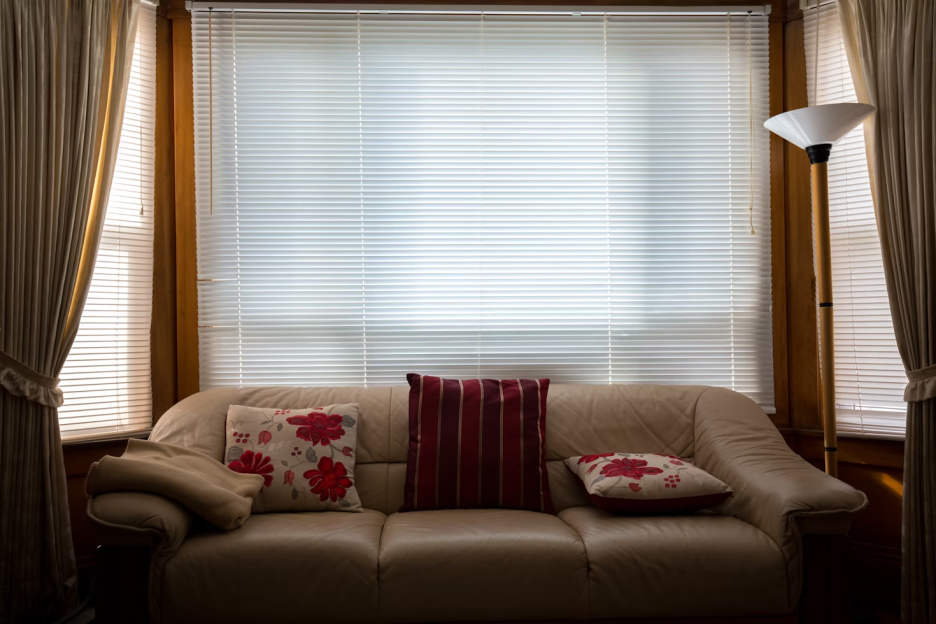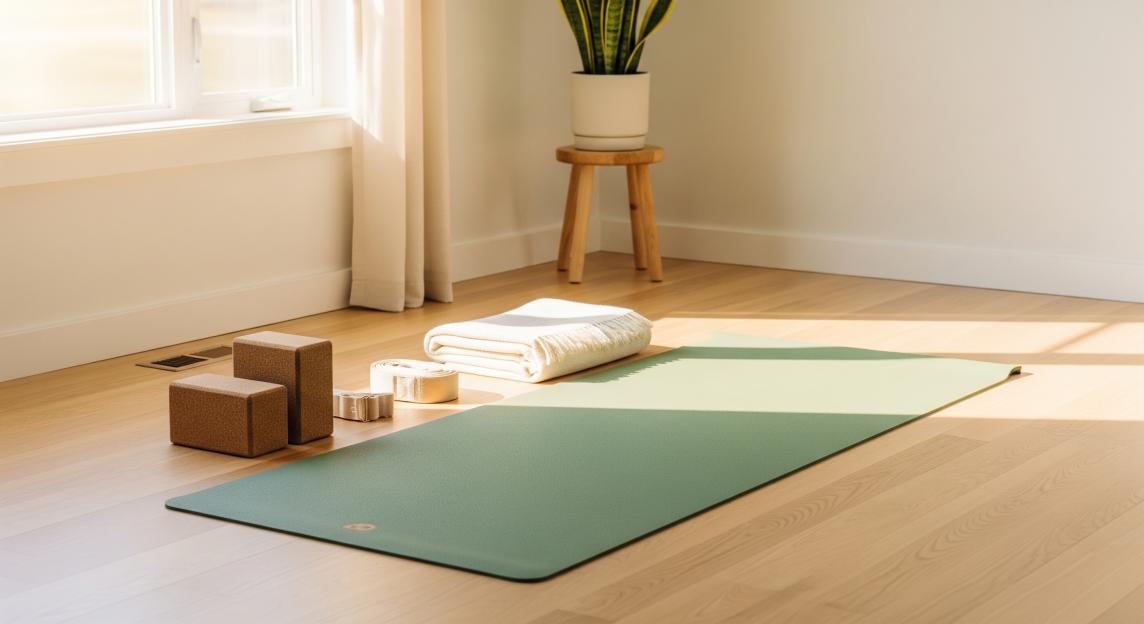Interior design has never been just about beauty. At its core, it is about controlâof space, emotion, rhythm, and light. In 2025, interior aesthetics have become more than personal taste; they now reflect a broader intersection of identity, algorithmic suggestion, environmental urgency, and the economy of attention.
Gone are the days when a home’s look was based solely on instinct, tradition, or family memory. Today’s interiors are shaped by visual culture and digital toolsâAI-curated feeds, predictive taste models, influencer homes, and immersive shopping experiences. As design becomes more “smart,”;; it also becomes less accidental.
The Rise of Responsive Living
One of the defining features of interior design today is its responsiveness. Smart lighting adapts to mood and daylight. Temperature adjusts not just to weather, but to your calendar. Walls display rotating digital art, selected by algorithms to match seasonal palettes or emotional states.
This new aesthetic doesn’t emerge from traditional craftsmanship or tactile exploration. It’s built from software, presets, and interfaces. Many people now decorate through subscription services that deliver curated objects monthly. The act of styling your home has been simplified, yesâbut also externalized.
The home has become a live feed. Objects are chosen for how they appear on video calls, in social posts, or across platforms. Design is now performative: how it reads onscreen may matter more than how it feels underfoot.
Minimalism, Maximalism, and the Politics of Choice
Interior trends have always cycled between extremesâspare and ornate, soft and bold. But in 2025, these cycles have accelerated, and the choice between minimalism and maximalism carries more than stylistic weight. It communicates position.
Minimalism, once a symbol of quiet wealth, has been absorbed by mass market algorithms. You can now buy minimal spaces off the shelfâneatly packaged, flat-packed, and Instagram-ready. But maximalism too has changed. It is no longer clutterâit is storytelling. Carefully arranged chaos, built to suggest meaning.
Designers now talk about “quiet surfaces”;; and “narrative corners”;;âareas meant to say something, whether about global consciousness, nostalgia, or lifestyle branding. The visual grammar of interiors has never been louder, even in its silence.
The Algorithmic Eye
One cannot talk about interior aesthetics in 2025 without addressing the digital eye. What we like is shaped by what we see, and what we see is shaped by what machines predict we might want. Recommendation engines on shopping platforms don’t just suggest furnitureâthey generate entire layouts, sometimes in 3D. Your taste is a data point.
As with streaming platforms or BetLabel online slots , where experience is generated through instant variation and reward, interior design platforms now use personalization to trigger visual desire. The user scrolls, swipes, selects. Rooms are constructed like user interfacesâmodular, adaptable, scrollable.
The danger here is aesthetic repetition. As algorithms optimize for engagement, they replicate what performs well. The result is sameness. A thousand homes with the same curved couch, the same beige rug, the same eucalyptus branch in the same ceramic vase. Style becomes a loop.
Material Honesty and Environmental Consciousness
Alongside this automation, there is also resistance. A new wave of designers is focusing on what they call material honestyâchoosing surfaces that wear visibly, that show time, touch, and temperature. These materials resist polish. They value imperfection.
In this context, recycled stone, visible grain, and patina are not flaws but narratives. The home becomes a place that remembers. Sustainability is no longer a separate valueâit is built into the visual language. Objects are chosen not only for look or function, but for lifecycle and traceability.
Interior design, in this sense, becomes a kind of ethical geography. Where did the wood come from? Who made the textile? What journey did this object take? These questions now shape value as much as color or scale.
The Return of Personal Mythology
For many, especially those burnt out by digital sameness, there is a return to deeply personal interiors. Not curated for feeds. Not arranged for resale. But designed around memory, emotion, and contradiction.
A cracked bowl from a grandparent sits next to a high-end lamp. A child’s drawing is framed beside a rare print. The room tells a story that doesn’t need to be understood by outsiders. It just needs to be lived.
Designers call this “personal mythology”;;âan approach where taste is not taught, but remembered. In this model, the home becomes an archive of identity, not a showroom.
Design as Emotional Technology
At its best, interior design in 2025 functions like emotional technology. It helps regulate, soothe, stimulate, and ground. A warm material under bare feet. A lamp that mimics sunset. A nook that encourages stillness. These are no longer luxuriesâthey are survival tools in a fast-moving world.
As life becomes more screen-based, the home reclaims its role as a tactile sanctuary. The object is not just a thing. It is a counterweight to abstraction. It reminds the body where it is.
This is why some of the most celebrated design choices are not flashy but quiet: a curved wall that changes how sound moves, a shelf at the perfect reach, a bench that invites someone to stay five minutes longer. Design does not always declareâit sometimes whispers.
Conclusion
Interior design in 2025 is a conversation between self, space, and system. It balances the personal and the programmed, the ethical and the aesthetic, the analog and the optimized. Every choiceâwhether a tile or a textileâcarries a trace of algorithm, of memory, of desire.
In the end, our rooms reflect not just how we live, but how we want to feel. And in a world full of noise, beauty becomes not decorationâbut resistance.








